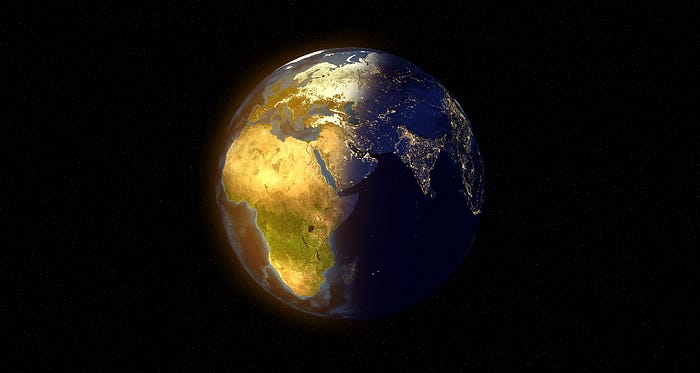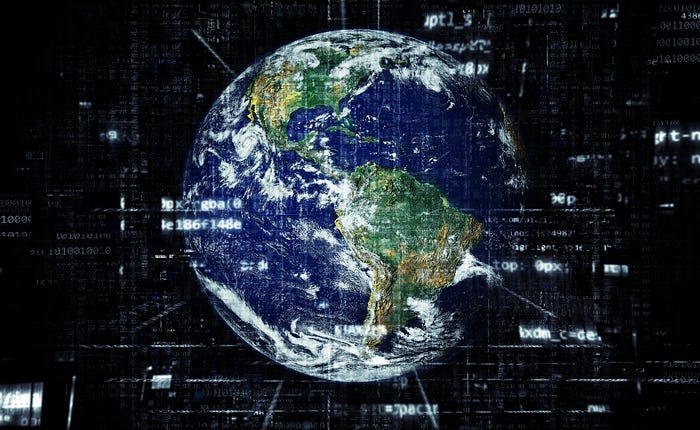A huge new ozone hole has been detected — it is as much as 7 times larger than the one over Antarctica!
A new ozone hole has been detected in most tropical areas. Scientists say it threatens half of the planet’s population.

We speak of an ozone hole when there is a large loss of ozone in the Earth’s stratosphere. Ozone is a three-atom form of oxygen with the formula O3. Its disappearance in the stratosphere is extremely dangerous for the planet, since the ozonosphere is our natural protection against harmful ultraviolet radiation. It can increase the risk of skin cancer and cataracts, among other things. And if the ozone layer were completely missing, more complex life on Earth would probably not exist.
What is the ozone hole?The problem of the formation of the ozone hole emerged when the use of so-called “freons” became widespread. These are chemical compounds that were used on a large scale in air conditioners, varnishes, the cosmetics industry, compressors and even in medicine, among others.
CFC molecules do not react with other substances and do not disintegrate in the troposphere. This means they can remain unchanged in the atmosphere for more than 100 years. Studies in the 1970s showed that these compounds were a major contributor to the destruction of the ozone guard. It appeared over the Earth’s south pole.
In 1985 and 1987, two documents were signed in which countries around the world declared that they would reduce emissions of gases that cause the ozone hole. The solution proved to be effective. However, although global production of substances that destroy the ozonosphere has fallen by more than 90%, the UN estimates that it could take as long as 2060 for the ozone layer to fully regenerate.

Ozone hole recovery — [Photo: NASA, Public domain, via Wikimedia Commons]A new ozone hole has formed over the tropicsTo make matters worse, just when we all thought the old problems were history and we were well on our way to stopping potential dangers, it turns out we are witnessing another precedent. Professor Quing-Bin Lu of Canada’s University of Waterloo in Ontario has discovered that a huge area of the tropics has a new ozone hole present. What’s more, it is supposed to have existed there for more than 30 years.
The scientist described his discovery in the pages of the scientific journal AIP Advances. It reads that unlike the hole over Antarctica, which appears mainly during the spring season, the new one is practically year-round. The researcher claims that its area is as much as seven times larger than the old one. The Canadian professor also points out that this tropical reduction in ozone concentration could be much more dangerous.

How is it that for 30 years no one knew about the existence of a brand new ozone hole?Quing-Bin Lu warns that we will face a much greater increase in ultraviolet radiation. And this could have negative consequences for both human health and ecosystems in tropical regions.
The scientist points out that “the tropics account for half of the Earth’s surface and are home to about 50% of the world’s population”.
But how is it that no one has detected such a large ozone hole before? Until now, no scientist had predicted that such a loss of ozone could occur over a tropical region. Photochemical models have not predicted such a scenario. Prof. Quing-Bin Lu believes this is because the tropical ozone hole is unchanging throughout the year, making it much harder to spot.
Research by a Canadian scientist has shown that ozone levels in the center of the new hole are about 80% lower than in areas with an intact ozone layer. Exactly the same amount as in the polar hole. The scientist’s work also adds new data on what influences the formation of the ozone hole. It is possible that cosmic radiation plays a larger role than thought. Experts agree that this requires further analysis, as the effects could prove catastrophic in the future.
Source: AIP Advances |







